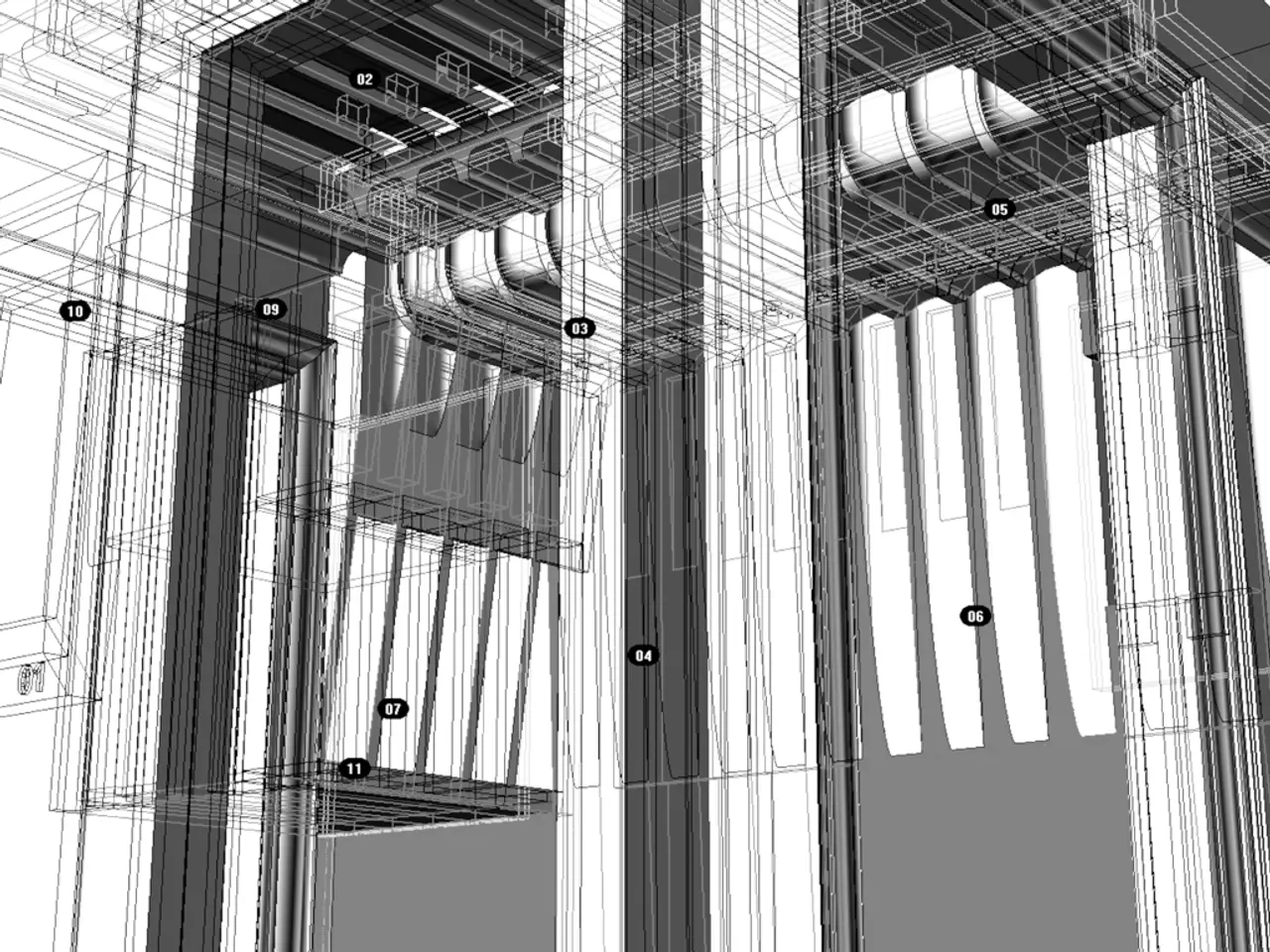Transitioning Professionally: A Guide from Architecture to User Experience Design
**Transitioning from Architecture to UX Design: A Comprehensive Guide**
For architects considering a career shift, UX design offers a fascinating new landscape to explore. With similarities in design processes and a growing demand for professionals with diverse backgrounds, the transition can be a rewarding one. Here's a step-by-step guide to help architects navigate this exciting change.
**Leveraging Transferable Skills**
Architects already possess valuable skills for UX design, such as analytical thinking, problem-solving, spatial reasoning, and visual design sense. These foundational skills can provide a strong base for learning UX principles.
**Acquiring UX Fundamentals**
Understanding user research, interaction design, information architecture, usability testing, and accessibility is crucial. This knowledge can be gained through formal courses or certifications, or by self-study and practical experience.
**Adopting a User-Centered Approach**
Unlike architecture, which often focuses on client needs and aesthetics, UX design prioritizes user needs and behaviors. Architects should transition from a "client" mentality to addressing real user problems through research and empathy.
**Gaining Practical Experience**
Start with lightweight user research techniques such as interviews, surveys, or user testing. Build a portfolio by redesigning existing apps or websites or volunteering on UX projects to demonstrate your new skills.
**Familiarising with UX Tools**
Learn design and prototyping tools like Figma, Sketch, Adobe XD, and usability testing software. Use these tools actively as part of your learning process.
**Staying Updated on Industry Trends**
Stay updated on current UX trends, challenges like balancing user needs with business goals, rapid technology changes, and communicating design decisions effectively.
**Planning for Growth and Specialization**
UX design offers opportunities to specialize in areas such as interaction design, user research, or UX strategy. Consider which path aligns best with your background and interests for career advancement.
**Preparing for the Future of UX**
With AI increasingly influencing UX, cultivate skills in agency, judgment, and persuasion to stay relevant as the field evolves.
**Considerations**
The transition requires embracing ambiguity and iterative problem-solving, which differs from the more structured architectural process. UX design often demands close collaboration with engineers, product managers, and stakeholders, so strong communication skills are essential.
Compensation in UX can be significantly better and offers diverse opportunities beyond traditional architecture roles, making it an attractive career pivot.
In both architecture and UX design, multi-disciplinary teams are necessary for successful project completion. UX design has much quicker design cycles compared to architecture, with most projects taking weeks to months.
Architects' ability to balance aesthetics and functionality will be a significant advantage in UX design. Digital spaces, unlike physical ones, have unique characteristics that must be learned by UX designers.
For those hesitant about transitioning to UX design, consider reaching out to those who have already made the switch and enrolling in a self-paced online course. Platforms like Udemy, Coursera, CareerFoundry, and the world's largest specialist design education community offer various UX courses.
In early 2022, a survey of UX professionals found that 62% of respondents had changed careers. The top ten professions from which respondents switched, in order, were: engineering, business analysis, marketing, graphic design, IT, sales, finance, law, management consulting, and architecture.
Ibrahim Borba, an architect who transitioned to UX design, found similarities between the two fields, including creative processes, visual deliverables, prototyping, and bibliography. Daniel Figueiredo, a former architect, used the our website to solidify his career switch to UX design.
By carefully building relevant UX skills, adopting a user-centered approach, gaining practical experience, and preparing for ongoing changes in the industry, architects can successfully transition into rewarding careers in UX design.
- To enhance their usability skills, architects transitioning to UX design can capitalize on their transferable skills such as spatial reasoning, visual design sense, and problem-solving.
- For a comprehensive understanding of UX design, architects can enroll in online courses offering education and self-development in interaction design, information architecture, usability testing, and accessibility.
- To promote personal-growth and career-development, architects should aim for certification in user research, UX strategy, or other relevant UX specializations that align with their background and interests.
- As part of their learning process, architects transitioning to UX design should become familiar with popular technology tools like Figma, Sketch, Adobe XD, and usability testing software for prototyping and design.
- Architects pursuing UX design as a career shift should foster a community of peers and mentors for collaboration and support in the field, as well as stay updated on current trends and challenges in the industry.
- To maintain competitiveness and relevance in UX design, architects should cultivate skills in agency, judgment, and persuasion, as artificial intelligence increasingly influences UX design techniques and practices.




